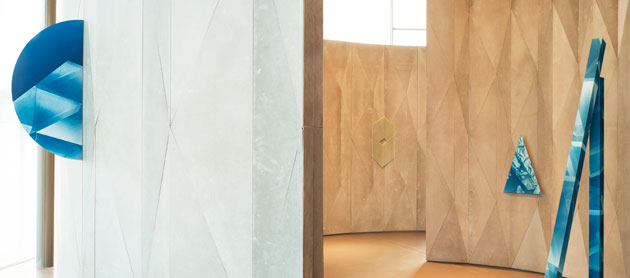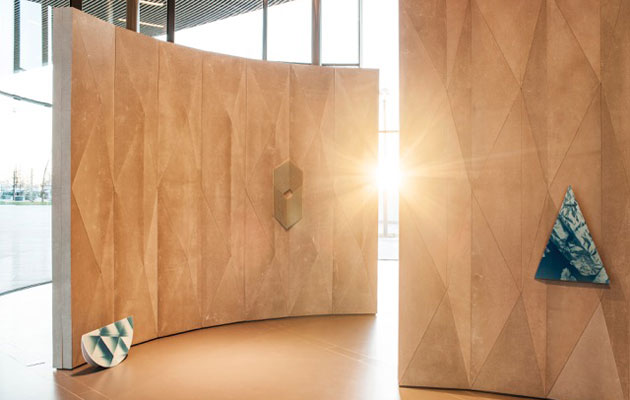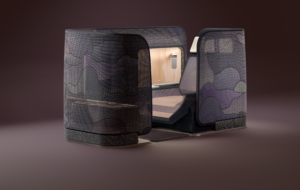|
|
||
|
An exhibition that starts today (30 January) turns the NOWGallery into an “exploded space telescope”, to create the feeling of being inside an ancient observatory. We spoke to the artist Based on the scientific paraphernalia of 19th-century astronomers William and John Herschel, found in the collections of Royal Museums Greenwich, artist Robert Orchardson’s Aperture exhibition turns NOW Gallery into an “exploded space telescope”. The idea is to create the feeling of being inside an ancient observatory or dismantled viewing instrument using curved concrete walls, large-scale photographs and sculpture. We spoke to the artist.
ICON: How did the Herschels’ objects inspire you? Robert Orchardson: The archives of Royal Museums Greenwich contain some amazing artefacts that convey a desire to explore the unknown by looking out to sea or charting the heavens. A humble collection once belonging to the Herschel family – items such as volcano dust and old prisms – felt like the stuff of scientific enquiry, the things that inspired and enabled research to happen. ICON: How did they lead to Aperture? RO: They reminded me of a WG Sebald quote which refers to “beads on an abacus designed to calculate infinity”. I was excited about the idea of using the items within the show somehow and decided to create a series of cyanotype images that allow them to become abstract compositions … strange and ambiguous and perhaps imbued with potential again. ICON: What else will we see? RO: The photographs are on various sculptures, many suspended as if floating in the space. They will be shown against a backdrop like the remains of some huge concrete telescope that you can walk through. ICON: Does it relate to a wider theme? RO: I’m interested in ways we look beyond our moment in space and time, how that plays out in film, design and architecture, and results in material objects that attempt to give form to something unknowable or immaterial. |
Words Icon |
|





















